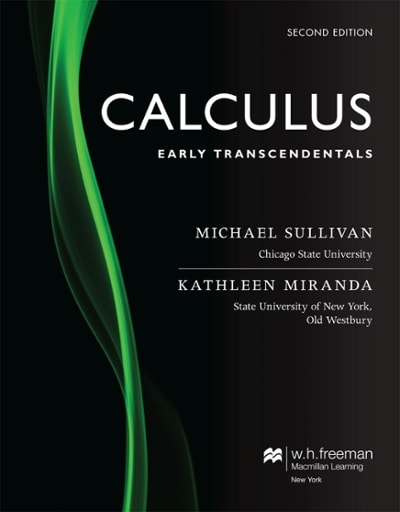Question
B. Suppose we are interested in the relationship between individuals' place of residence (rural versus urban) and their political affiliation (Republican versus Democrat).A random sample
B. Suppose we are interested in the relationship between individuals' place of residence (rural versus urban) and their political affiliation (Republican versus Democrat).A random sample of 200 individuals yields the following crosstabulation:
Political Affiliation
Place of Residence Republican Democrat
Rural 22 10
Urban 78 90
1. In words, what is the null hypothesis to be tested?
2. Is the relationship between place of residence and political affiliation statistically significant at the .05 level?
3. Compute and interpret an appropriate measure of association for the relationship between these two variables.
4. Would you say this is a weak, moderate, or strong relationship?
C. To test the null hypothesis that computer programmers' college major is not related to their programming capabilities, the work of 100 randomly chosen programmers was rated as either weak or strong.The following crosstabulation was obtained:
Programming Capability
Major Weak Strong
Humanities: 12 12
Science: 12 24
Business: 24 16
1. If the null hypothesis is correct, how many Science majors with strong programming capability would we expect to find in our sample?That is, what is the expected frequency for that cell? (Make sure to take your answer out two decimal places.)
2. The computed value of 2 (chi-square) for this table is 5.45.Should the null hypothesis be rejected at the .05 level of significance?
3. Treating college major as the independent variable, calculate and interpret an appropriate measure of association.
4. Using and reporting the appropriate percentages, show which major has the weakest programming capability.
D. Suppose you are interested in the relationship between age and physical health.For a sample of 100 people, you collect information on their age (in years) and the number of days spent in the hospital.Treating age as the independent variable (X) and days in the hospital as the dependent variable (Y), you compute the following regression equation.
Y = 2.0 + .10 X + e
1. Interpret in words this equation.That is, what do the numerical values in the equation tell us?Be specific.
2. How many days in the hospital would you predict someone who is 55 years old to spend?
E. A researcher wants to know if there is a relationship between year in college (X) (1=freshman, 2=sophomore, 3=junior, 4=senior) and percent of class lectures attended (Y).For a sample of 10 students, the following results are obtained:
X = 23
Y = 730
XY = 1630
X2 = 65
Y2 = 54100
X = 2.3
Y = 73
(Y-Y)2 = 810
(Y-Y)2 = 198.3
(Y-Y)2 = 611.7
1. Compute the correlation coefficient between year in college and percent of class lectures attended.What does this value tell us?
2. Using a significance level of .05, test the null hypothesis that, in the population, the correlation between year in college and percent of class lectures attended is zero.
3. Compute and interpret the coefficient of determination (R2).
F. Whenever we look at the relationship between two variables, we are interested in two aspects of that relationship.What are those two "aspects" and why is each important?(You can discuss more than two if you feel it necessary).
Step by Step Solution
There are 3 Steps involved in it
Step: 1

Get Instant Access to Expert-Tailored Solutions
See step-by-step solutions with expert insights and AI powered tools for academic success
Step: 2

Step: 3

Ace Your Homework with AI
Get the answers you need in no time with our AI-driven, step-by-step assistance
Get Started


